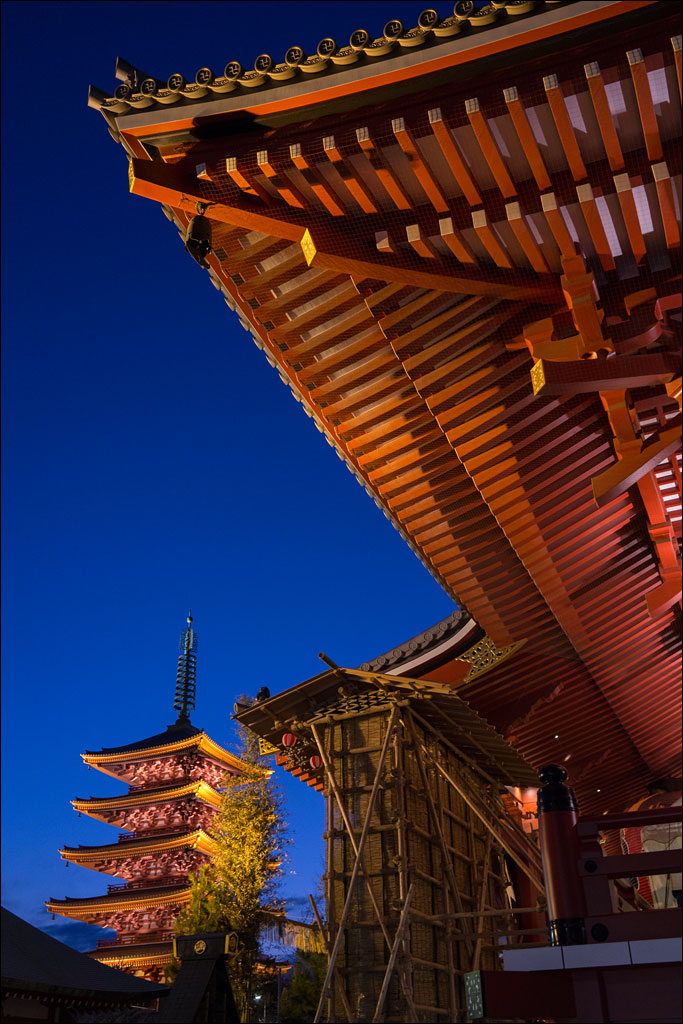 New years in Japan is a rich event. Millions of Japanese visit shrines and temples. One of the largest temples in Tokyo and one of the busiest is Senso-ji in Asakusa. This temple is famous for its gate. What it is little known for is one of the shortest rituals of the new year celebration, moja-okuri. Click on the image for a larger view.
New years in Japan is a rich event. Millions of Japanese visit shrines and temples. One of the largest temples in Tokyo and one of the busiest is Senso-ji in Asakusa. This temple is famous for its gate. What it is little known for is one of the shortest rituals of the new year celebration, moja-okuri. Click on the image for a larger view.
Tag Archives: Tokyo Landscapes
Schoolyard Nativity
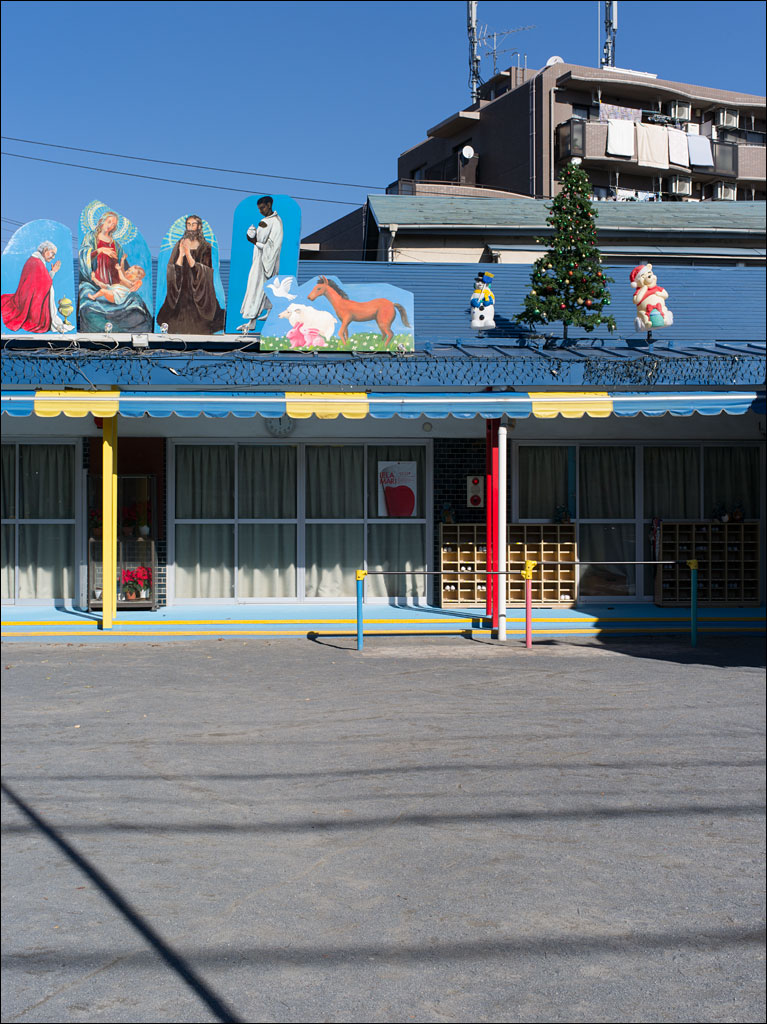 A schoolyard nativity scene in Tokyo, with pink rabbits and Winnie-the-pooh. Note the shoe boxes where students place their footwear before entering the school building. This was one of the outtakes from Earth, Water, Fire, Wind, Emptiness. Click on the image for a larger view.
A schoolyard nativity scene in Tokyo, with pink rabbits and Winnie-the-pooh. Note the shoe boxes where students place their footwear before entering the school building. This was one of the outtakes from Earth, Water, Fire, Wind, Emptiness. Click on the image for a larger view.
Holiday Illumination
Home and Homelessness Opening
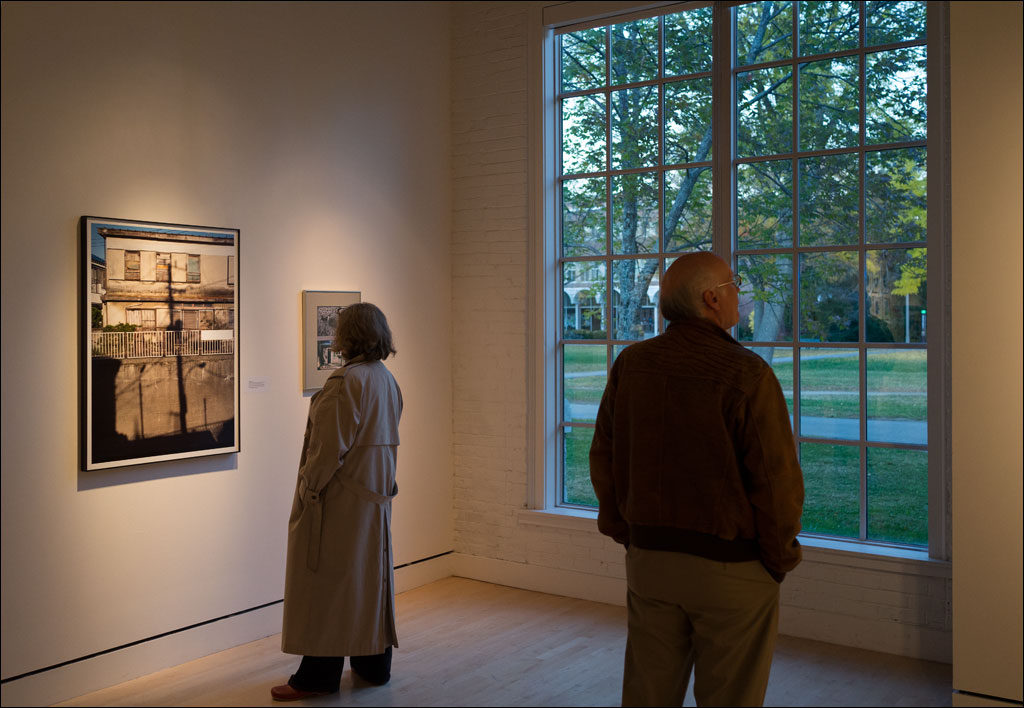 Last Friday was the opening reception for the Visualizing Home and Homelessness exhibition at Lord Hall Gallery at the University of Maine, Orono. The picture on the left is my submission, a work from the Earth, Water, Fire, Wind, Emptiness project. Please stop by if you are in the area. Click on the image for a larger view.
Last Friday was the opening reception for the Visualizing Home and Homelessness exhibition at Lord Hall Gallery at the University of Maine, Orono. The picture on the left is my submission, a work from the Earth, Water, Fire, Wind, Emptiness project. Please stop by if you are in the area. Click on the image for a larger view.
My Book Reviewed at Japan Camera Hunter
I was pleasantly surprised to see a short review of Earth, Water, Fire, Wind, Emptiness at Japan Camera Hunter: you will need to scroll to the bottom of the page. Thank you Bellamy Hunt.
Sea Wall—Tokyo Landscape
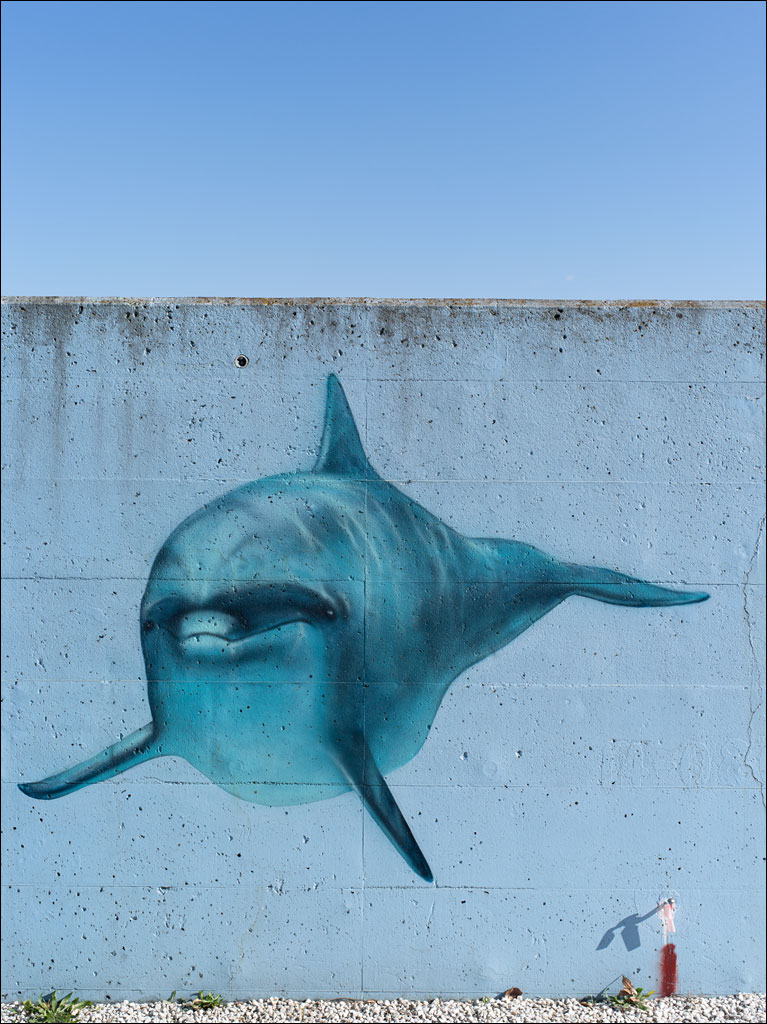 An outtake from our book Earth, Water, Fire, Wind, Emptiness: Tokyo Landscape. Click on the image for a larger view.
An outtake from our book Earth, Water, Fire, Wind, Emptiness: Tokyo Landscape. Click on the image for a larger view.
Tsukido Hachiman—Tokyo Landscape
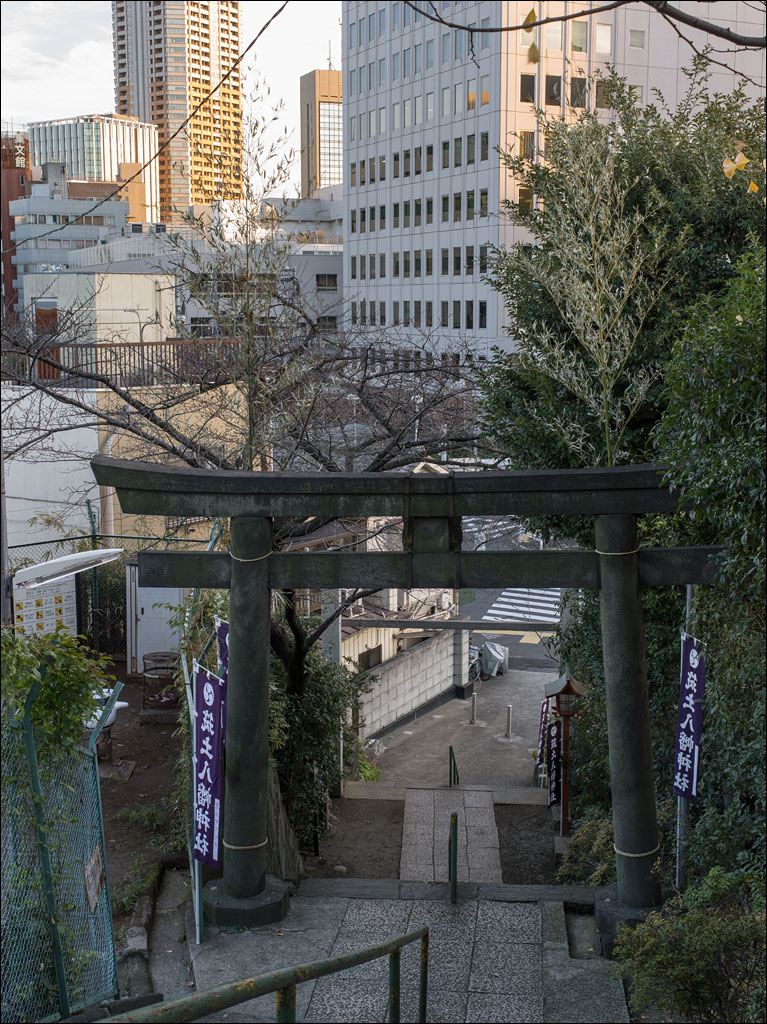 It is no secret that Tokyo is a sea of buildings. Its reputation of using every inch of space is hard to imagine until you have been there. What is less known is the topography of hills and valleys throughout the city.
It is no secret that Tokyo is a sea of buildings. Its reputation of using every inch of space is hard to imagine until you have been there. What is less known is the topography of hills and valleys throughout the city.
On the top of a hill in Shinjuku ward is Tsukido Hachiman Shrine. In its day, the shrine would have been a prominent site overlooking Edo. Today, it is hidden beneath layers of buildings. However, in spring, the cherry trees lining the approach make it hard to miss.
The stone gate, or Torii, dates from 1726 and is all that remains of the original shrine that was lost in the fire bombing of Tokyo during World War II. The bamboo trees attached to the front of the gate are in preparation for the new year celebration. The small area to the left of the gate is a children’s playground. Click on the image for a larger view.
This image is an outtake from Earth, Water, Fire, Wind, Emptiness: Tokyo Landscape. It is one of the over 4,000 images that did not make it into our book.
Takadanobaba—Tokyo Landscape
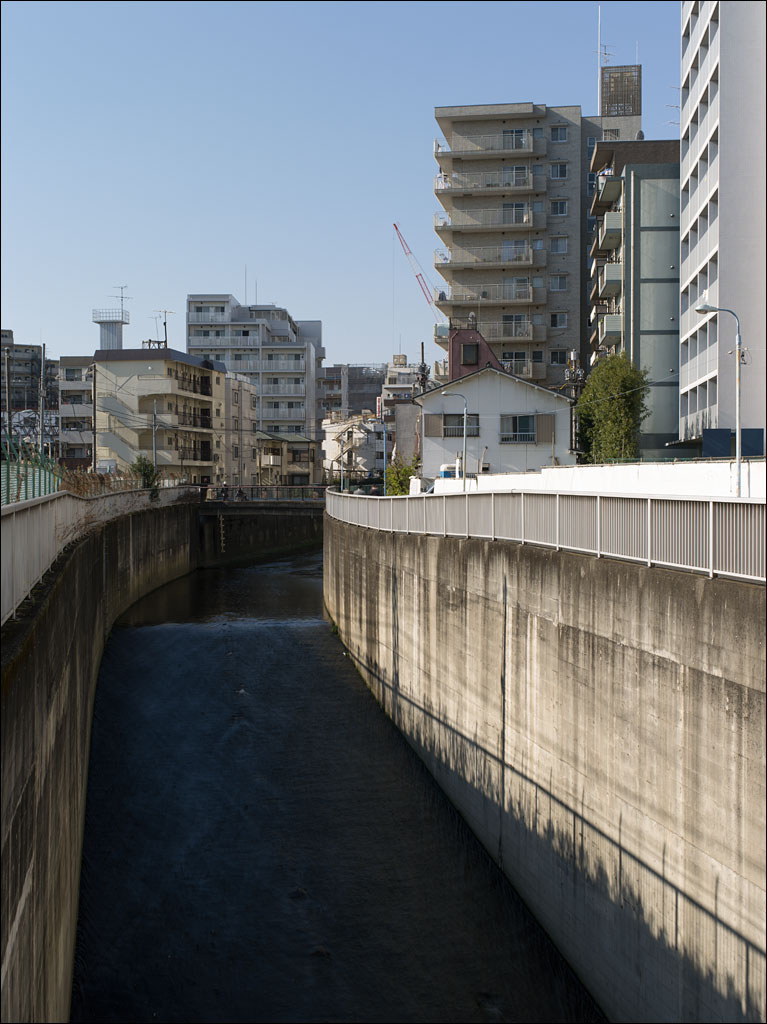 Takadanobaba is a town between Ikebukuro and Shinjuku. It is fairly much residential with a few universities and colleges in and around the area. This particular place is where the Zenpukuji river flows into a subterranean channel—it later resurfaces when it joins the Kanda river.
Takadanobaba is a town between Ikebukuro and Shinjuku. It is fairly much residential with a few universities and colleges in and around the area. This particular place is where the Zenpukuji river flows into a subterranean channel—it later resurfaces when it joins the Kanda river.
This image is one of the many outtakes of the Earth, Water, Fire, Wind, Emptiness project. Less than 2% of the images I took in Tokyo appear in the book.
Earth, Water, Fire, Wind, Emptiness in Stock
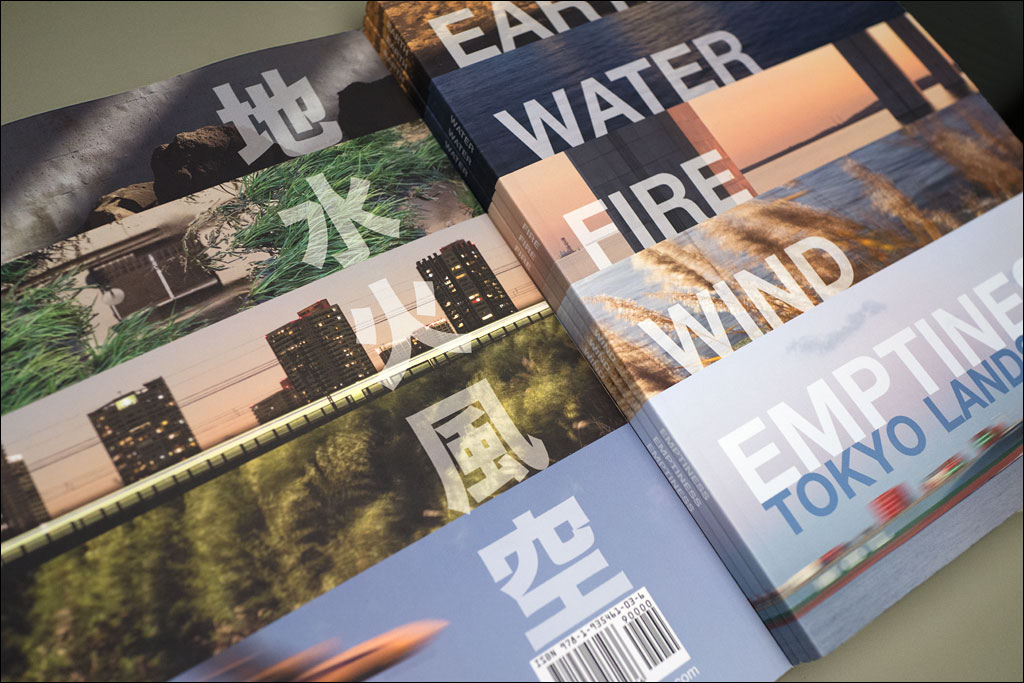 Our books have arrived. To find out more about Earth, Water, Fire, Wind, Emptiness: Tokyo Landscape, visit our book page. You can purchase a copy at our new online store.
Our books have arrived. To find out more about Earth, Water, Fire, Wind, Emptiness: Tokyo Landscape, visit our book page. You can purchase a copy at our new online store.
We plan to release a hard cover edition soon. Click on the image for a larger view.
Coming soon: Earth, Water, Fire, Wind, Emptiness
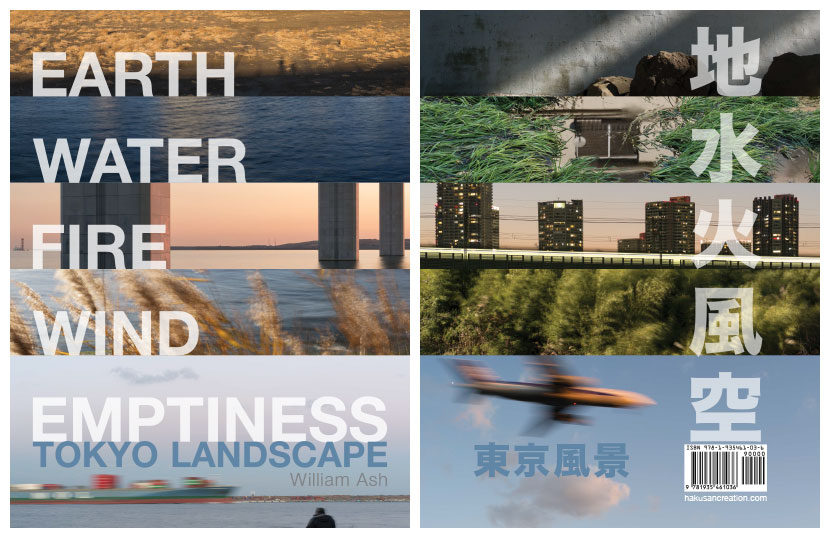 We are happy to announce that our forthcoming publication Earth, Water, Fire, Wind, Emptiness: Tokyo Landscape will be going on sale on June 28th. You can find out more about this book here. Click on the image to view the front and back cover.
We are happy to announce that our forthcoming publication Earth, Water, Fire, Wind, Emptiness: Tokyo Landscape will be going on sale on June 28th. You can find out more about this book here. Click on the image to view the front and back cover.

